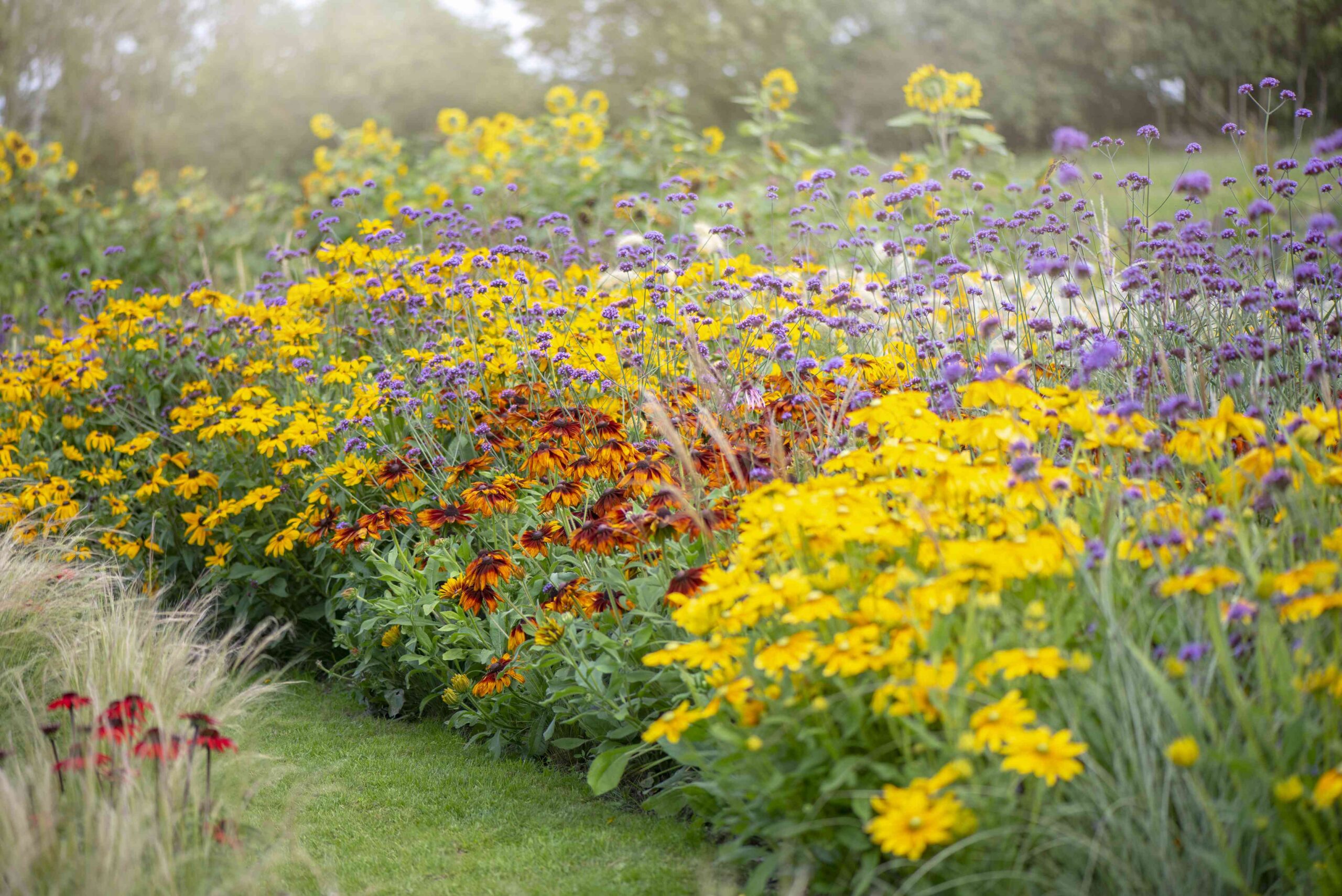
Now Is the Best Time to Propagate African Violets for More Plants—How to Do It Like a Pro
- African violets can be propagated any time of year, but the best time is during spring.
- You can grow your propagated African violet cuttings in water or soil depending on your preference.
- With either propagation method, stems should form in three to four weeks.
Mature African violets bloom nearly non-stop adding vibrant color to your indoor garden. One is never enough as these easy-care houseplants show to best advantage when grouped in displays of three or more. You can easily increase your collection through propagation with this guide.
When to Propagate African Violets
African violets can be started from leaf cuttings at any time. Starting the process in spring, though, gives the plantlets advantages of longer days and better light, temperature, and humidity levels.
Want more gardening tips? Sign up for our free gardening newsletter for our best growing tips, troubleshooting hacks, and more!
How to Propagate African Violets
African violet varieties grow from both single and multiple crowns. Multiple crown types can be divided, but propagating with leaf cuttings is a more practical method for single crown plants and easiest for beginners.
Vigorous mature leaves near the bottom of the main stem are what you want. Avoid the oldest leaves as they lack the energy to put out roots and new plantlets. Gently twist off a leaf or use a sharp, sterile snipper or knife to cut where it joins the main stem.
Avoid bruising leaves which causes them to rot. Trim the stem 1 1/2- to 2-inches long making this cut at a 45-degree angle facing upward toward the leaf. Now you can move forward using either water or soil.
How to Root African Violet Cuttings in Water
Water used for propagation should be relatively pure. If quality is an issue, use distilled or sterilized water at room temperature.
- Choose a container that holds the leaf above water level and allows the cut stem to be submerged. A narrow-necked bottle works or cover a container with plastic wrap or wax paper, secure it with a rubber band, and poke a hole in the middle to insert the stem.
- Check the water to make sure it remains clear and change it when necessary.
- Watch for tiny white roots to emerge at the bottom of the stem in three to four weeks.
- When roots are 1/4 inch long, transfer the leaf and roots to a small 1- to 2-inch container filled with moist, loose potting mix with the leaf slightly above soil level. The mix should include a high amount of vermiculite or perlite. Avoid packing down.
- Water well, place the pot in a closed plastic bag, and set it in a bright location.
- Do not allow the cutting to dry out. As long as water drops appear on the inside of the plastic, moisture and humidity are adequate, and additional watering is not needed.
How to Root African Violet Cuttings in Soil
You’ll need small pots 1- to 2-inches in diameter and loose potting mix. A combination of sand or sphagnum moss with vermiculite or perlite works well.
- Fill small pots with mix and poke holes in the centers.
- Insert leaf stems into holes with the leaf slightly above or just at soil level and angled slightly backward with the hairy side up.
- If using a leaf without a stem cut a wedge into the bottom quarter of the leaf and set it just deep enough to keep the leaf upright.
- Water well and place cuttings into plastic containers or bags that are tightly closed. Use coverings large enough so leaves don’t touch plastic.
- Place cuttings in a bright location out of direct sunlight.
- Roots form in three to four weeks with plantlets forming in six to eight weeks.
How to Care for African Violet Cuttings
African violet leaf cuttings may produce just one or as many as fifteen clones. Each clone is identified by two leaves attached together at the base. Wait until leaves are dime-sized before attempting to separate multiple clones. At this point in their development each clone should have four to six leaves making up the rosette.
- Slip the entire plant and rootball out of the pot and lay it on a work counter. Carefully separate multiple clones retaining as many roots as possible for each.
- Fill 1- to 2-inch pots with African violet mix poking holes in the center of each one.
- Insert each clone into its own pot with stems and leaves above soil level and roots below. Avoid packing down.
- Water and place pots in a warm, humid location with filtered sunlight.
- Plantlets grow rapidly and should be potted up as needed but prefer to be slightly rootbound.
- Water when the top inch of soil is dry.
FAQ
-
Rooting in water is the more traditional method but rooting in soil saves a step and works equally well when done correctly.
-
Types identified as ‘trailers’ produce multiple crowns and can be divided. Single crown African violets also may produce ‘pups’ which can be removed from the main stem and potted as new plants.










